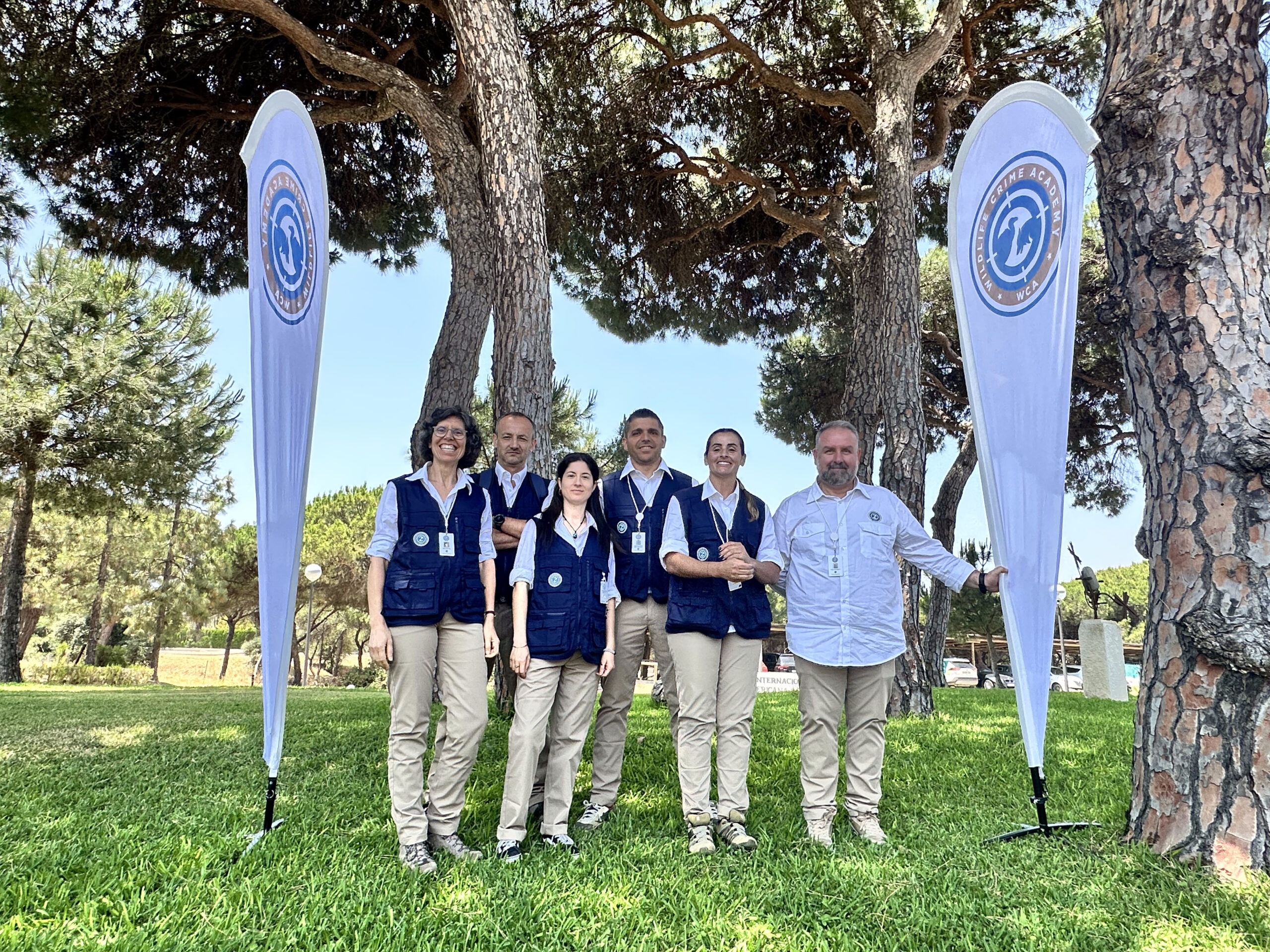
Almost four decades after becoming extinct as a breeding species in Portugal, the Cinereous Vulture recolonized the country in 2010 when birds from nearby Spanish breeding colonies began to nest there, thanks to the conservation efforts of many state institutions and NGOs. Even though the number of breeding pairs has been increasing, the Cinereous Vulture population is still too fragile today, and its future remains uncertain in Portugal. Here is where the new EU-funded LIFE project, LIFE Aegypius Return, comes to secure its comeback.
Urgent need to act
Unfortunately, emerging threats over the 20th century led to the disappearance of the Cinereous Vulture across most of its distribution areas in Europe. Portugal was no exception – the species went extinct in the early 1970s. The breeding population in Spain also went down, at one point numbered only 250 breeding pairs. Many conservation measures were then adopted, including the improvement of the species habitat, the unblocking of legal restrictions for the implementation of feeding sites, the installation of artificial nesting platforms, and cooperation agreements with hunting managers, farmers and cattle producers, among others. Thanks to these efforts, in the last decades, the Spanish population has been steadily recovering – it now numbers 3,000 breeding pairs, and as a result, Cinereous Vultures started to appear more and more in Portugal. In 2010 the first Cinereous Vultures established the first Portuguese breeding colony in the central part of the country, in the Tejo Internacional Natural Park. Since then, more pairs began settling across different regions of Portugal, but the population and breeding colonies remain vulnerable, making it necessary to intervene.
Securing the comeback of the Cinereous Vulture
The LIFE Aegypius Return project has ambitious yet attainable goals to secure the comeback of the Cinereous Vulture in Portugal and western Spain. Until the end of the project in 2027, the team aims to double the breeding population in Portugal from the current 40 pairs in 4 colonies to at least 80 pairs in 5 colonies, improve the breeding success, encourage the connectivity between colonies and downgrade the national conservation status from Critically Endangered to Endangered.
Implementing accurate conservation actions
To consolidate and accelerate the return of the species, the project team will manage and enhance 570 ha of habitat around existing breeding colonies to prevent forest fires. The project will also install 120 new nesting platforms, repair 105 existing ones, and reduce disturbance to increase nest availability and safety. Furthermore, it will also reinforce the reduced population by releasing at least 20 Cinereous Vultures coming from wildlife rehabilitation centres into strategic locations in the wild.
Mitigating threats and reducing mortality
However, all these conservation actions will not matter unless the project efficiently addresses major threats and reduces mortality. To do so, the team will engage hundreds of hunters in at least 14 hunting areas so that they switch from lead to lead-free ammunition to prevent lead poisoning. Furthermore, the project will improve the management of feeding stations and establish 66 unfenced feeding areas – a novel format adopted recently by Portuguese regulation – to mitigate food shortages. Finally, it will focus on developing national capacities in the fight against poisoning by establishing two new anti-poisoning dog units within the national police (GNR) and working with all relevant stakeholders to improve the management, detection and investigation of wildlife crime and illegal poisoning, which is vultures’ biggest threat worldwide.
Collaborating with various stakeholders
The success of LIFE Aegypius Return relies on the extensive collaboration of nine partners and the involvement of all relevant stakeholders, which include national competent authorities, enforcement agencies, local communities, conservationists, and farmers, to name a few. The project already got off to a good start, with a productive kick-off meeting and a public presentation in early November that received interest and support from various people and organizations.
LIFE Aegypius Return has a 3.7 million budget and is co-financed by the European Union’s LIFE Programme. The project is led by the Vulture Conservation Foundation in collaboration with Palombar – Conservação da Natureza e do Património Rural, Herdade da Contenda, Sociedade Portuguesa para o Estudo das Aves, Liga para a Protecção da Natureza, Associação Transumância e Natureza, Fundación Naturaleza y Hombre, Guarda Nacional Republicana and Associação Nacional de Proprietários Rurais Gestão Cinegética e Biodiversidade.




